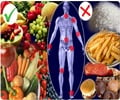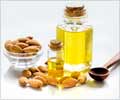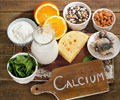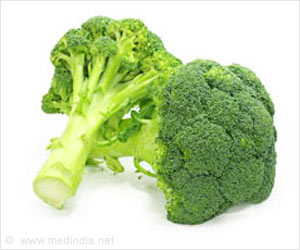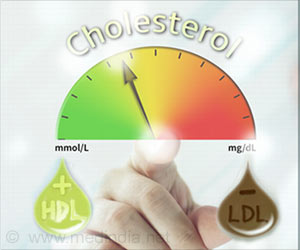The prices of corn and soybean meal for livestock diets have increased significantly after the drought of 2012.
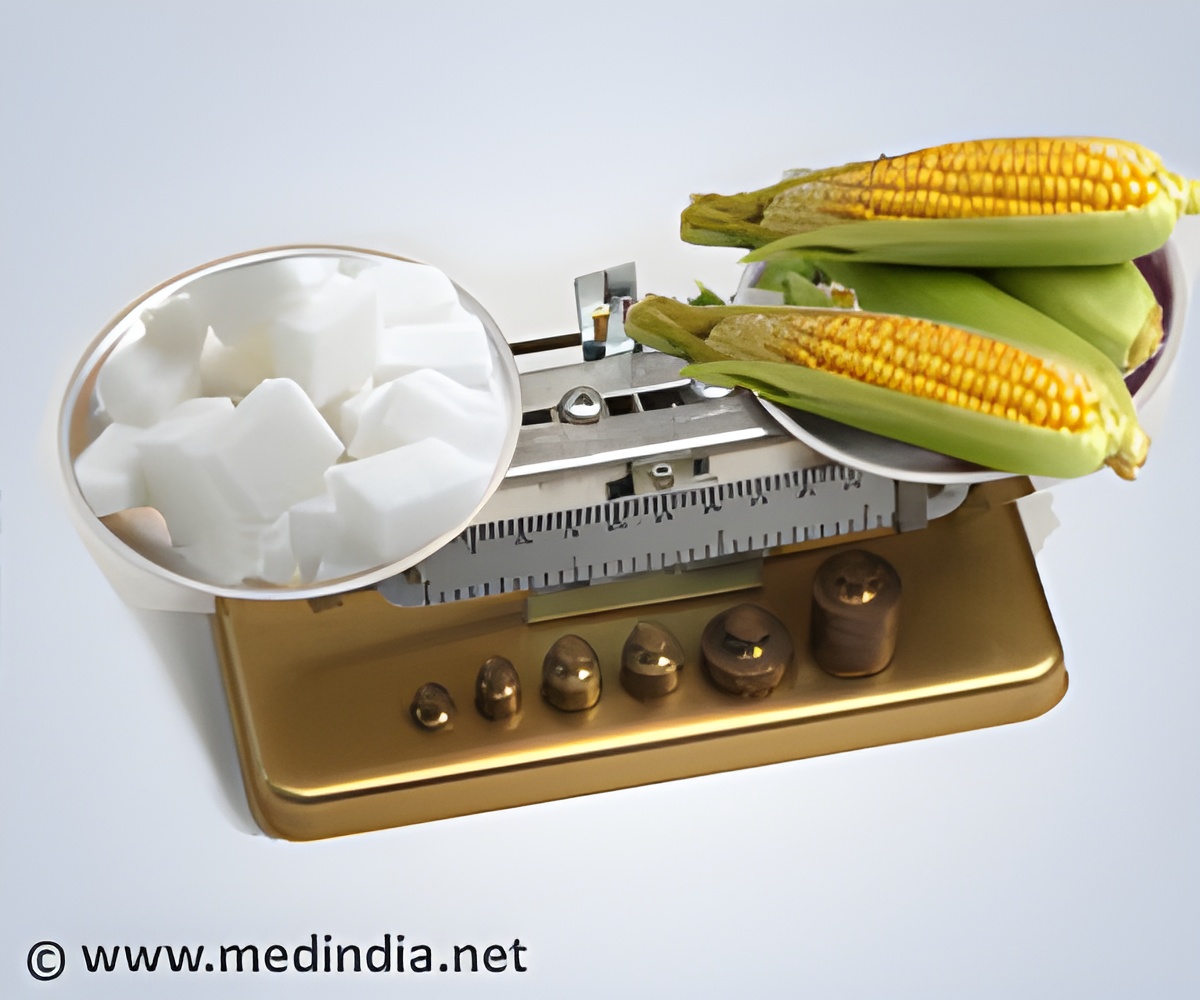
Professor of animal sciences Hans H. Stein and his team determined the digestibility of Ca and P in meat and bone meal (MBM), which is traditionally used as a source of protein in animal diets. MBM contains greater concentrations of Ca and P than all plant feed ingredients, so it can replace inorganic phosphates in swine diets without harming the bones or negatively affecting growth of the animals.
However, to use MBM effectively as a source of P and Ca, producers need an accurate assessment of the digestibility of these minerals when fed to pigs.
"There is quite a bit of variability in meat and bone meal, which is probably caused by different types of raw materials going into it," Stein said.
The researchers formulated eight diets using MBM from five companies in the United States. The ninth diet was P-free and was used to determine the endogenous losses of P from the animals. This value was used to calculate the standardized total tract digestibility (STTD) of P in the eight sources of MBM.
Results indicated that there is a negative correlation between ash content in MBM and digestibility of Ca and P, but all sources of MBM had a relatively high digestibility of Ca and P. Moreover, Ca and P concentrations varied two to four times more among the batches of MBM than protein and acid hydrolyzed ether extract concentrations. However, ash content had a highly significant positive correlation with Ca and P concentrations.
Advertisement
Stein and his team also developed equations to calculate Ca and P concentrations in MBM and proposed models for estimating STTD of P and Apparent Total Tract Digestibility (ATTD) of Ca.
Advertisement
Source-Eurekalert



